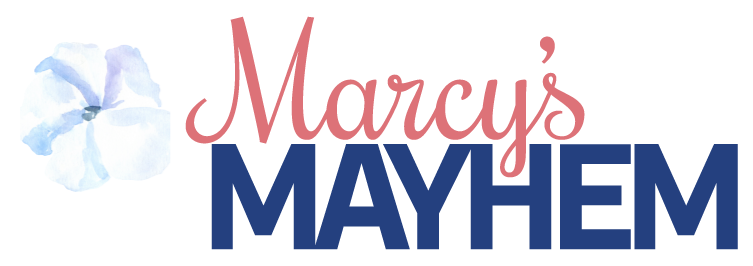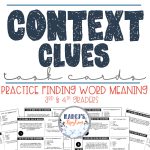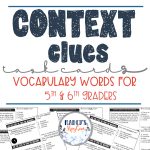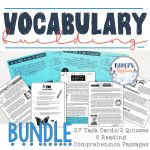Understanding context clues is an important part of reading comprehension. Learning how to decipher meanings of words through definitions, synonyms, antonyms, examples, and inferences is one of the most reading strategies we can teach. Using context clues is a powerful way to teach vocabulary without using rote memorization. Here are some fun, engaging activities to help teach context clues.
Sing a song!
I love using music with my students. Flocabulary has a catchy tune that teaches students how to use context clues with synonyms, antonyms, explanations and examples. There are other songs on the site that your students will love and also aid in reading comprehension. Play this quick tune in your classroom and chances are, they’ll be humming and singing as they practice in class!
Use nonsense words.
Write some sentences with made-up words and have your students use context clues to figure out the meanings. For example, “His mother told him to brush his teeth with a tallywapper before bed.” Your students could infer that a tallywapper is something someone would use to brush their teeth or a toothbrush. You may also have your students make up their own silly words and have other students figure out the meanings. This activity can induce giggles, but it also helps your students learn more about using this strategy!
Use task cards.
Use pre-made vocabulary task cards to help your readers comprehend text. These are perfect to help with general context clues lessons or state test prep. There are even vocabulary words from previous state tests! I love using task cards to help students recognize different types of context clues and how to highlight and recognize clues in the text to help them figure out word meaning. If your students need even more of a challenge, try these context clue task cards, that are perfect for centers or full-class instruction. This pack also includes a quiz to see if your students truly understand the concept.
Make a vocabulary dictionary.
Have your students create a dictionary of vocabulary words either on paper or using digital tools such as Google Slides. Instead of just writing the word and definition, they’ll write sentences using different types of context clues. For example, they may write the word “admire” and the definition “regard with respect”. Have a student then write a synonym or antonym of the definition to help to increase vocabulary.
Using context clues to figure out the meaning of words is an important skill for all students, particularly elementary and middle school students looking to improve reading comprehension. Using a dictionary to find the meaning of words is not always feasible, especially when reading novels or passages on tests. Context clues provide students with the ability to keep reading and improve reading comprehension. Use these activities to help teach context clues in your classroom!



